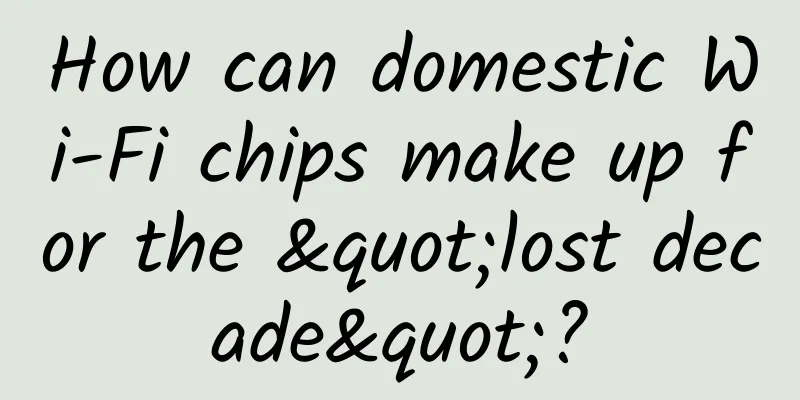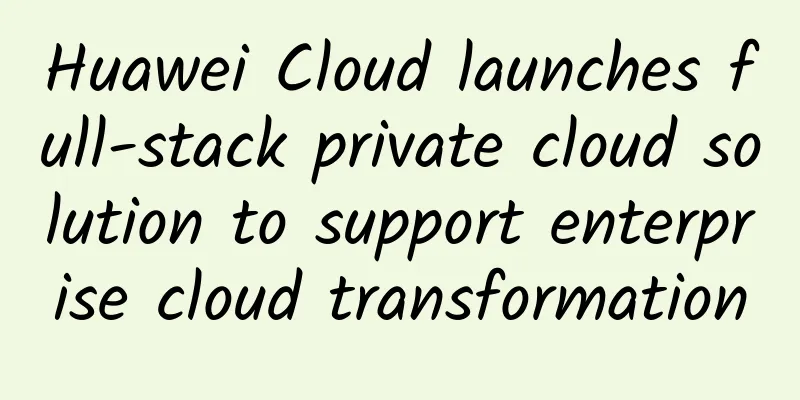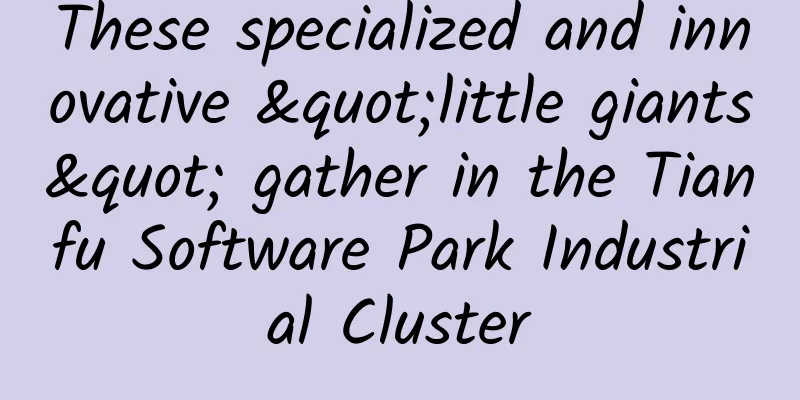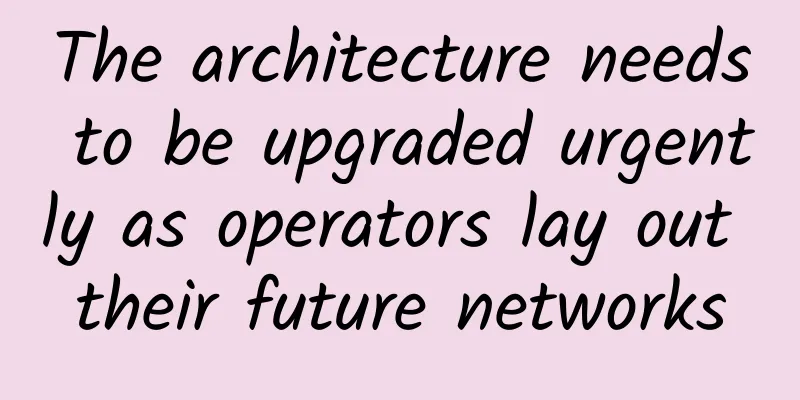Viewpoint sharing: Why smart cities need powerful 5G networks?
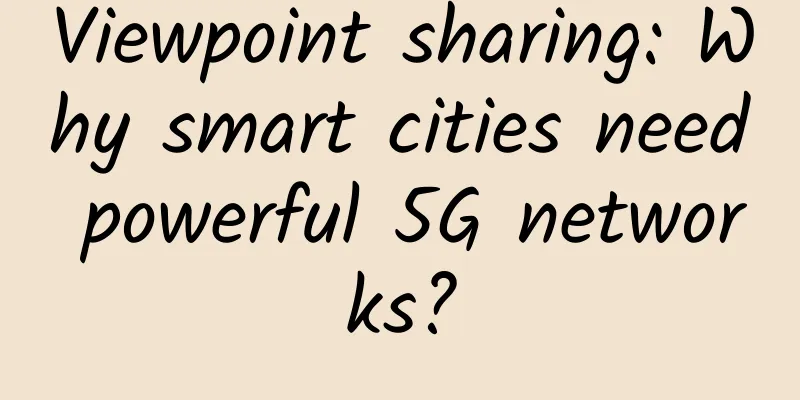
|
While debate rages about when and how to restart the economy, a wealth of evidence suggests that big data and 5G offer a path to a stronger economic recovery from the coronavirus COVID-19 pandemic. Smart cities can compile, interpret and apply “big” data to improve the delivery of urban services. How many crises like COVID-19 could have been avoided if we had access to data on disease contagiousness and incidence earlier?
Monitoring the number and spacing of vehicles and pedestrians can confirm that we are enforcing social distancing and strict infection control. Social isolation enforcement and technology expansion may become the new normal for manufacturers to restart operations. Technologies can analyze infection patterns and improve responses, but they need support from the infrastructure. This is where the analogy of the interstate highway system is instructive. Before the interstates were created in the 1950s, there was a federal highway system in place. The Disney movie Cars shows what happens to the towns that the interstates bypass, while the cities next to the interstates thrive. Robert J. Gordon, a professor at Northwestern University, noted that studies confirm that states generated significant increases in business productivity until the 1970s. One study showed that interstate highway spending led to a 31% increase in U.S. productivity in the 1950s and a subsequent 25% increase in the 1960s. Gordon argues that while the numbers are too large to be true, the point is that states make a significant contribution to productivity gains, and without the interstate highway system, the United States' competitive position would be greatly reduced. 5G is the new interstate Our current 4G systems have already been stretched to their limits, handling the massive amounts of data traffic during the pandemic. One study estimated that 59% of U.S. cities showed signs of potential network stress in the week ending March 28, with 13.5% experiencing average download speeds that dropped by 20% or less. Imagine trying to work from home without access to data. 5G enables us to collect and analyze data much faster. The Smart Cities Assembly is currently considering H-4262, the Small Wireless Facilities Deployment Act, which seeks to create a comprehensive, unified and streamlined process for deploying 5G infrastructure. The COVID-19 pandemic has further demonstrated this need. For years, supply chains have relied on “just in time” deliveries to minimize inventory and other costs. When supply chains were fully operational, the system worked well, but COVID-19 has illustrated how traditional approaches fail in a crisis. Last month, the Wall Street Journal published a dramatic article describing how, despite foreseeing a possible pandemic more than a decade ago, the “medical-industrial model” failed to anticipate the need for masks, acted in its own self-interest and failed to act, thereby throwing away resources that could have prepared the United States for the coronavirus, COVID-19. How do we create flexibility and product availability to handle sudden and unexpected spikes in demand? The answer is data. Real-time data helps manufacturers identify trends and react faster and more directly than would otherwise be possible. Like interstate highways, information must be secure, and that’s where cybersecurity comes in. In January 2020, the South Carolina Global Alliance brought a group to Israel, where we met with companies that help educational institutions develop programs to train workers to protect information from cyberattacks. These companies can help develop these programs in South Carolina. One month later, the coronavirus, COVID-19, has forced many companies to expand their employees’ remote work capabilities and adopt new security protocols at once, often in real time. Businesses are using Zoom to hold virtual classes and meetings. But is it safe? Barracuda networks estimated that phishing attacks increased 667% between March 1 and March 23. Zoom and some of its competitors have taken note of the security issues and improved the security of their platforms and services. Every crisis creates opportunity. By creating a strong 5G network and preparing South Carolinians to compete for network jobs, we can build a modern, secure "interstate" to compete with the world. * Morris Ellison is a partner at Womble Bond Dickinson, where he leads the firm’s North American “smart cities” practice. He also serves on the advisory board of CA4I in Greenville. |
<<: Knowledge literacy in the 5G era: Understanding the Internet of Things
Recommend
Three-minute review! A quick overview of 5G industry development trends in October 2021
After the rapid development in 2020, 2021 is a cr...
LOCVPS Los Angeles CN2 line XEN architecture is online, Los Angeles/Osaka, Japan 30% off
The Spring Festival holiday is coming to an end. ...
Many operators have been arrested! Please stay away from these common illegal operations.
Starting from the second half of 2020, the nation...
Maxthon Hosting: 600 yuan/month Hong Kong Dedicated Server-E5-2630v2/16GB/480G SSD/2IP/CN2 GIA Line
The tribe has shared information about Aoyo Zhuji...
2020 China Computer Education Conference: Building a University Computing Talent Ecosystem with an “Intelligent Base”
[51CTO.com original article] From December 18 to ...
5G will change the world. What does it mean for regulations?
The Fourth Industrial Revolution will see the lin...
"Online Documents" crashes in real time?
[[420464]] There is a magical phenomenon in this ...
GreenCloudVPS Kansas node is online, 2G memory package starts at $15 per year
GreenCloudVPS has launched its 30th data center p...
Google open-sources network-opt for optimizing network topology
The Internet has become the most important issue ...
10gbiz 40% off on all VPS hosts, Hong Kong CN2 GIA/Los Angeles CN2 GIA lines available
10gbiz's promotion is still going on, with 40...
Stop questioning the usefulness of 5G. 5G is not primarily intended for human use!
With the official release of 5G tariff packages b...
The social app that once had 500 million users is about to be shut down
Author: Lu Yao Proofread by Yun Zhao Not long ago...
HPE Aruba Networking Launches Next-Generation Wi-Fi 7 Access Points to Help Enterprises Address Security, AI and IoT Challenges
HOUSTON - April 23, 2024 - Hewlett Packard Enterp...
In the 5G and edge era, how can telecom operators improve energy efficiency?
Energy efficiency is no longer a cost and complia...
In the 5G era, virtual operators “disappear”
[[269893]] "In the 4G era, the three major t...


